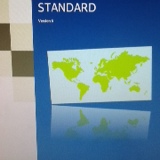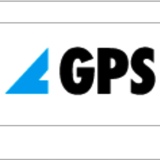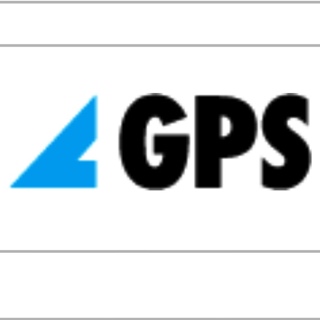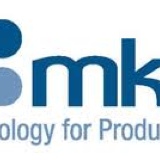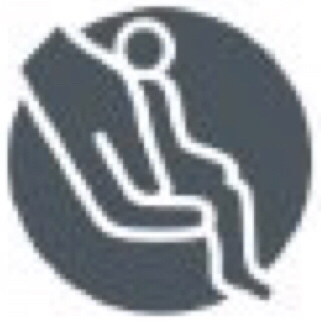Information
-
Document No.
-
Audit Title
-
Client / Site
-
Conducted on
-
Prepared by
-
Location
-
Personnel
17.1 - MASTER LIST (BASE)
-
A master list/calibration matrix of all measuring and monitoring equipment requiring calibration must be maintained.
-
The master list/calibration matrix may include:<br>- serial numbers and/or ID numbers of equipment<br>- frequency of calibration<br>- date of last calibration <br>- date next calibration is due<br>- frequency of internal verification<br>- acceptable equipment tolerances
17.2 - CALIBRATION PROCEDURES (BASE)
-
A procedure for calibrating and verifying measuring and monitoring equipment for accuracy must be in place.
-
The procedures must detail, although this is not an exhaustive list:<br>- frequency of calibration and verification<br>- method of calibration and verification<br>- acceptable equipment tolerances <br>- corrective action to be taken if outside tolerance
17.3 - CALIBRATION AND VERIFICATION (BASE)
-
All measuring and monitoring equipment critical to product safety, legality and quality must be calibrated to National Standards (or equivalent) or have documented calibration records traceable to National Standards (or equivalent).
-
Calibration certificates and records of verification must be available and up to date.
-
Measuring and monitoring equipment must be protected from unauthorised adjustment, damage, deterioration and misuse.
17.4 - EQUIPMENT CALIBRATION (BASE)
-
Equipment e.g. scales, counting devices, etc. must be calibrated to at least the minimum frequency recommended by the equipment manufacturer.
-
Calibration must be conducted across the equipment's normal operating range.
17.5 - EQUIPMENT VERIFICATION (BASE)
-
All measuring equipment used to monitor a critical control point must be checked for accuracy daily as a minimum.
-
All measuring and monitoring equipment critical to finished product legality and quality must be checked for accuracy at pre-determined frequencies based on risk assessment and weekly as a minimum.
-
All measuring and monitoring equipment used for process control must be checked for accuracy at pre-determined frequencies based on risk assessment.
-
Verification checks must be conducted across the normal operating range.
17.6 - VERIFICATION WEIGHTS (BASE)
-
Standard weights that are used for verification must be of the same weight range as the products being produced.
17.7 - INACCURATE EQUIPMENT (BASE)
-
Equipment that is operating outside of specified limits must be taken out of service, replaced or repaired.
-
Documented corrective action must be evident where inaccurate measuring or monitoring equipment has been used.
-
Where inaccurate equipment is identified during production, product must be re-checked or inspected using accurate equipment, prior to supply.
-
A contingency or back-up device must be available in the event that a measuring device associated with a critical control point, or legal measurement is out of service or away for repair.
